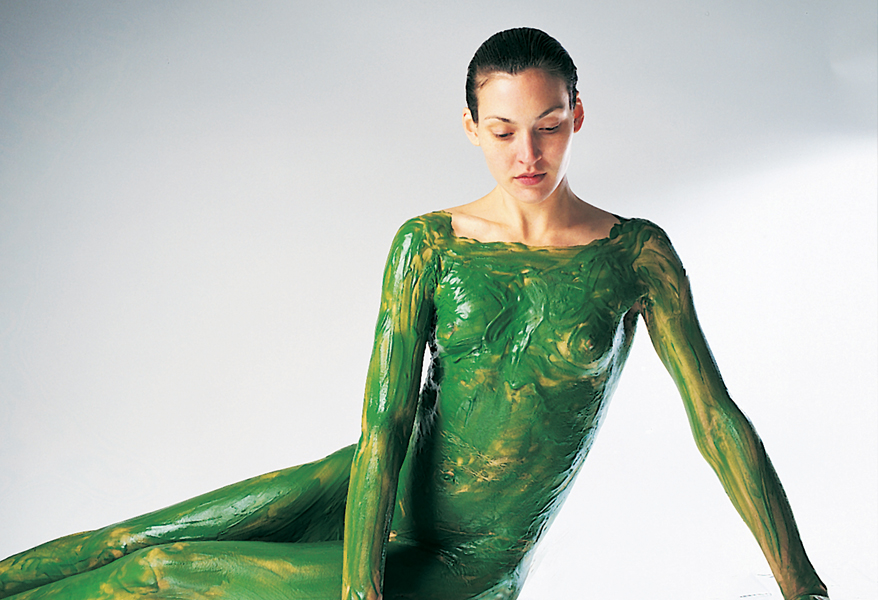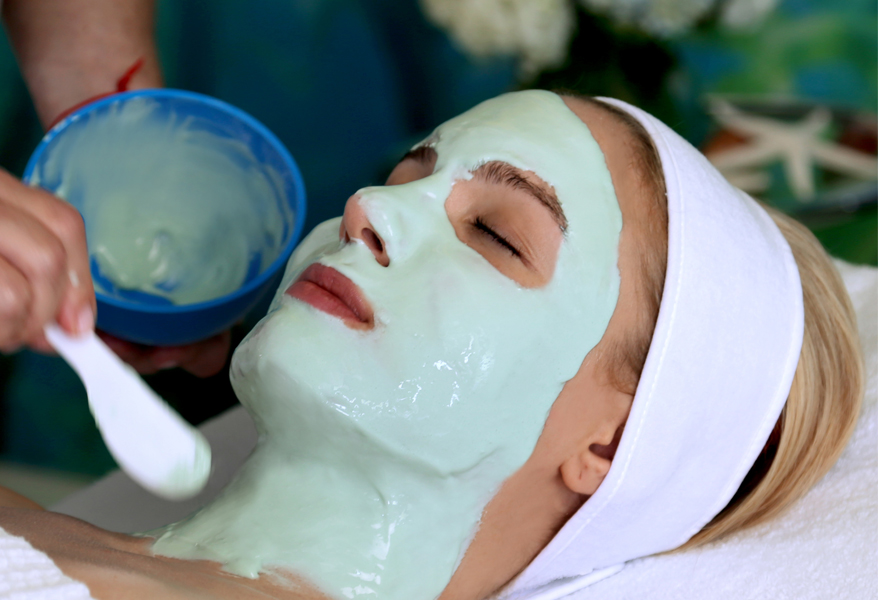
There has been a lot of buzz about the benefits of seawater and seaweed. I see it on the TV, in the newspapers, and it seems that more and more medical articles are finding that deep sea therapies can provide a wealth of benefits. Though this seems to be a hot topic now, for thousands of years, people in countries all over the world including Japan, Italy and Greece have sought out the therapeutic benefits of sea water therapy.
What is Thalassotherapy?
Thalassotherapy, stemming from the Greek word for sea, thalasso, is a term coined by Dr. La Bonnardiere in 1867 to describe the usage of sea water for therapeutic purposes and preventative measures based on the belief that immersion in sea water revitalizes and cleanses the system
It is used as a healing method and has been found to firm and tone skin to reduce cellulite, stress, chronic fatigue and circulatory problems and maintain overall wellness.
Seaweed: The Miracle Plant
The sea covers two-thirds of our planet, and the human body, like the planet earth, is made of two-thirds water. Researchers point out the almost uncanny similarity between sea water and human plasma, our intercellular fluid. French biologist, Rene Quinton, actually discovered that human white blood globules place in sea water continued to live, although they die in all other artificial environments.
“In the internal environment of our system, and only there,” wrote Quinton in Sea Water Organic Substance, “do we find the same mineral make-up, the same physiognomy, as that of sea water.”
Seaweed is a concentration of seawater. The seaweed plant has no roots so it feeds through osmosis, absorbing minerals and vitamins from the seawater. Because of its feeding process, seaweed becomes a dense concentration of vitamins, minerals, trace elements, macro elements, phytohormones and amino acids.
The first form of life was unicellular seaweed, which appeared in the ocean over 3 billion years ago. There are over 40,000 different species of seaweed worldwide, and there are truly seaweeds for every health and skin care concern. Roman women created the illusion of fresh complexion with red seaweed based makeup, Aztecs made lake-dwelling seaweed an important part of their diets and today, the Japanese eat on average 50 grams of seaweed a day.
Bathing in Seawater
I personally grew up with the European tradition of going to a spa, which meant a place to “take in the waters.” Bathing was a part of my heritage and culture. Today, I still take a nightly bath for 10-15 minutes. While your clients may not be able to benefit from the fresh ocean air or natural seawater immersions, if your spa has a whirlpool or bath, you can offer them seaweed baths.
Seaweed baths made with Laminaria Digitata & Ascophyllum Nodosum seaweed extracts provide hydrating, nourishing, and anti-oxidant properties. Just like seawater, these extracts are natural sources of 12 vitamins including B12, C, E, K and Beta Carotene, 18 amino acids, and 42 trace elements. Essential fatty acids help maintain the skin barrier while Alginic Acid – a polysaccharide – helps to lock moisture into the skin.
To use, fill the tub with water 101ºF (38ºC), add 1 fl. oz (30ml) Seaweed Bath and allow your client to rest for 15-20 minutes. Follow the bath with a massage with Seaweed Body Cream. This can help relieve muscle tension and aches, providing body detoxification and toning benefits. This is perfect for spas near gyms to help relax and detox clients after working out.
Seaweed Body Mask

A seaweed body mask with mint and fresh seaweed extracts is a great spa treatment to relieve stress and invigorate sore, stiff muscles. A seaweed body treatment protocol would be as follows:
- Place an electro thermal blanket on the bed, and drape a flat sheet over the electric blanket. Place Mylar sheet over the flat sheet.
- Place Seaweed Body Mask in a bowl and heat in the hot cabi (do not microwave the product).
- Client begins treatment, lying face down. Sanitize hands. Begin with dry brushing using Repêchage Dry Brush to gently exfoliate the skin and stimulate circulation.
- Put on pair of vinyl gloves. Apply a thin layer of Seaweed Body Mask onto the skin.
- Cover client with Mylar sheet and Electro Thermal Blanket or use heat lamps or wool blanket for 15-20 minutes. Be careful not to overheat the client. Administer a scalp massage during this time. Also you may apply a cool compress over the eye contour area. Or recommend a service upgrade.*
- After 15-20 minutes, uncover client and escort them to the shower.
A seaweed body mask treatment will leave skin feeling toned, firmed, more supple and rehydrated for the unmistakable look and feel of young, radiant skin.
Seaweed Facial Treatment
A seaweed facial is a way to deliver the benefits of the sea to your client’s skin. A seaweed facial, like the Repêchage® Seaweed Treatment Mask, is an easy protocol to implement at your spa:
- Cleanse the skin with a seaweed-based Repêchage cleanser.
- Apply Repêchage® C-Serum® Seaweed Filtrate to the skin and massage lightly using effleurage strokes for approximately 5 minutes. For sunburned skin add 2 drops of Essential Oil of Seaweed to C-Serum® Seaweed Filtrate.
- Optional: Proceed with a 10 minute facial massage.
- Apply the cooling and soothing Repêchage® Seaweed Treatment Mask, and leave on for 10-15 minutes. While mask is on, administer a hand massage using Sea Spa Hand Cream.
- Peel off the mask and spray Repêchage® Algo Mist® Hydrating Seaweed Facial Spray over the face and neck.
- Apply seaweed-based Repêchage moisturizer.
With a seaweed facial treatment like this, skin is left clean, refreshed, healthy and vibrant.
Today, we are able to provide thalassotherapy-like benefits that are professional proven results for our clients. And luckily, you no longer need to have your spa located near the ocean to provide your client with the benefits of the sea. You can create a wonderful treatment for your clients with a seaweed bath or provide professional seaweed face and body treatments.

